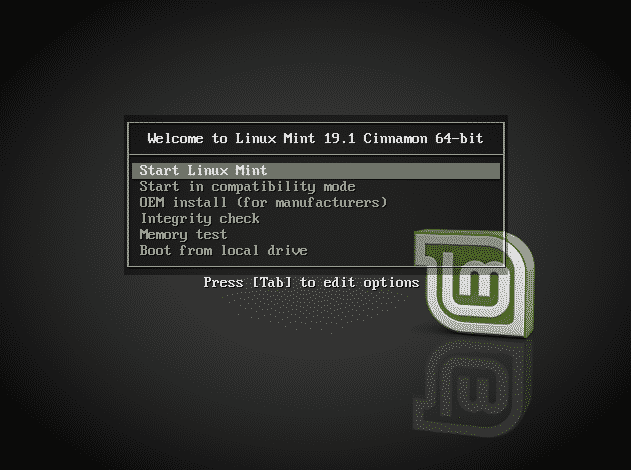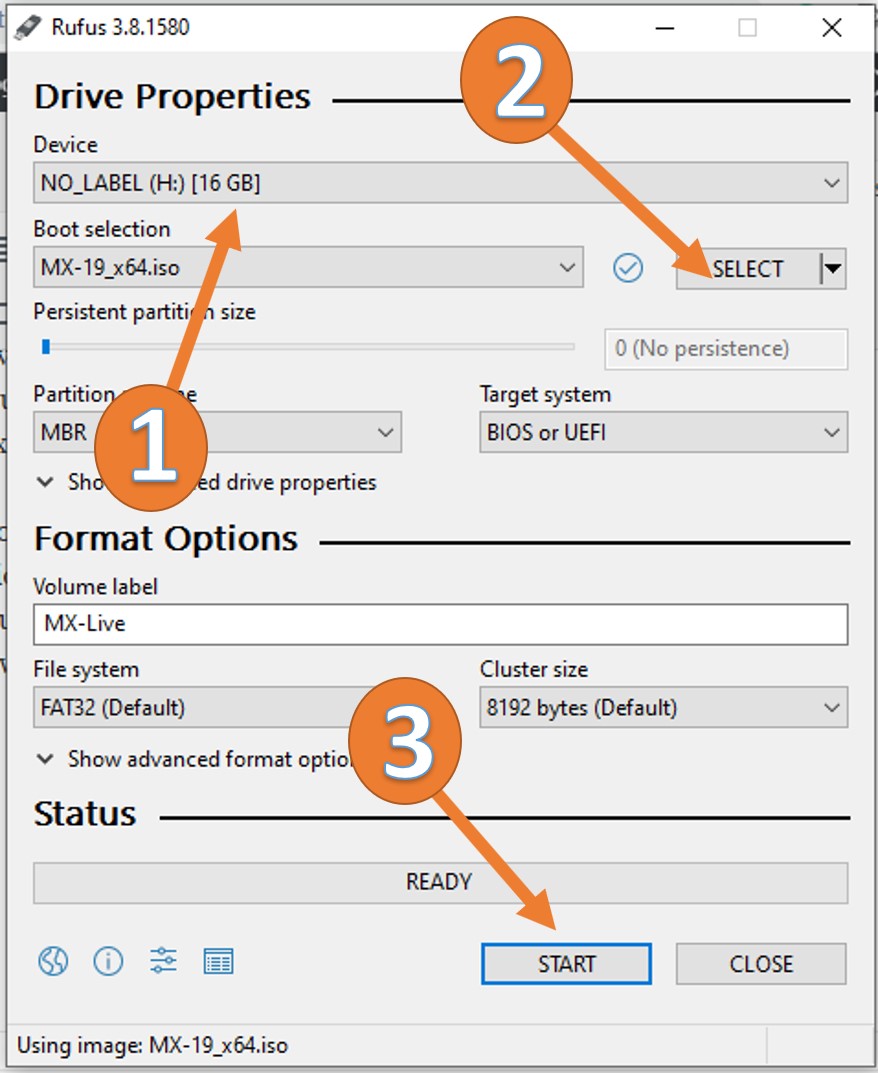

Oh, and I got the wifi working too, but that's for another post. I used it all day yesterday and it worked fine. I used the card to boot up and there was everything, just the way I saved it. I installed grub and the OS to the SD card as a full install, which saved my changes. The installer gave me a tiny bit of grief about having to designate a partition as root, and I probably did the wrong thing, but I just designated the whole card as root.īear in mind I'm kinda clueless about the real nuts and bolts of Linux, I was just tinkering, and was not sure if one could set up separate partitions on a flash card anyway.Īnyway, the install went flawlessly. Using the install applet on the desktop, I did a full install from the 2 GB thumb drive to the 8 GB flash card. I then formatted an 8 GB SD card, and plugged that into the laptop as well. Just for fun, I booted up my Acer ultraportable from the LMDE thumb drive. I had a day to myself yesterday, and was hankering to experiment. It worked, I've used it a few times, but it didn't save the changes, which was annoying. I did this on my desktop, which runs Ubuntu 10.04. Used Unetbootin, selected disk image and wrote it to the thumb drive. I started with a LMDE live usb stick I made about a month ago.

My intent was to create a live usb *persistent* install so I could save my changes. If it fails, try again-sometimes the system doesn't unmount the volume in time and the process will be unable to complete.I spent the day yesterday playing with LMDE. Give it a name and choose MS-DOS (FAT) under Format and GUID Partition Map under Scheme.Select your USB device in the menu on the left, then click Erase.Insert your USB drive into your Mac and launch Disk Utility (under Applications > Utilities, or search for it using Spotlight with Cmd + Space).Warning: Everything on your drive will be erased when you do this! Others don't have any strict requirements, but formatting to FAT beforehand is a good idea regardless. Generally speaking, anything above 4GB will do the job. Some Linux variants may require larger volumes, so pay attention to the requirements when downloading. When you're looking to create a bootable Linux USB drive on a Mac, the first step is to make sure you've got the right USB drive for the job, and that it's formatted correctly to avoid any problems. Ubuntu 8.04 running Firefox, and Nautilus.


 0 kommentar(er)
0 kommentar(er)
